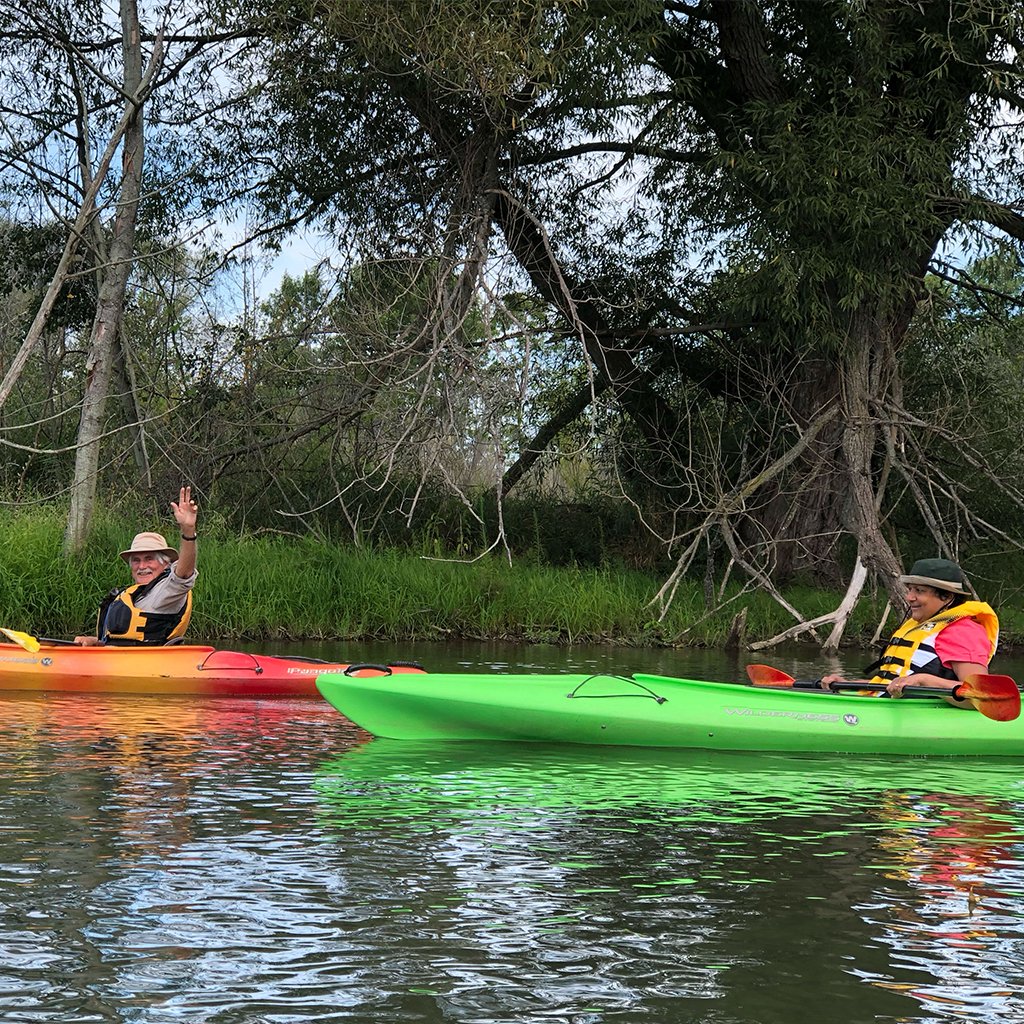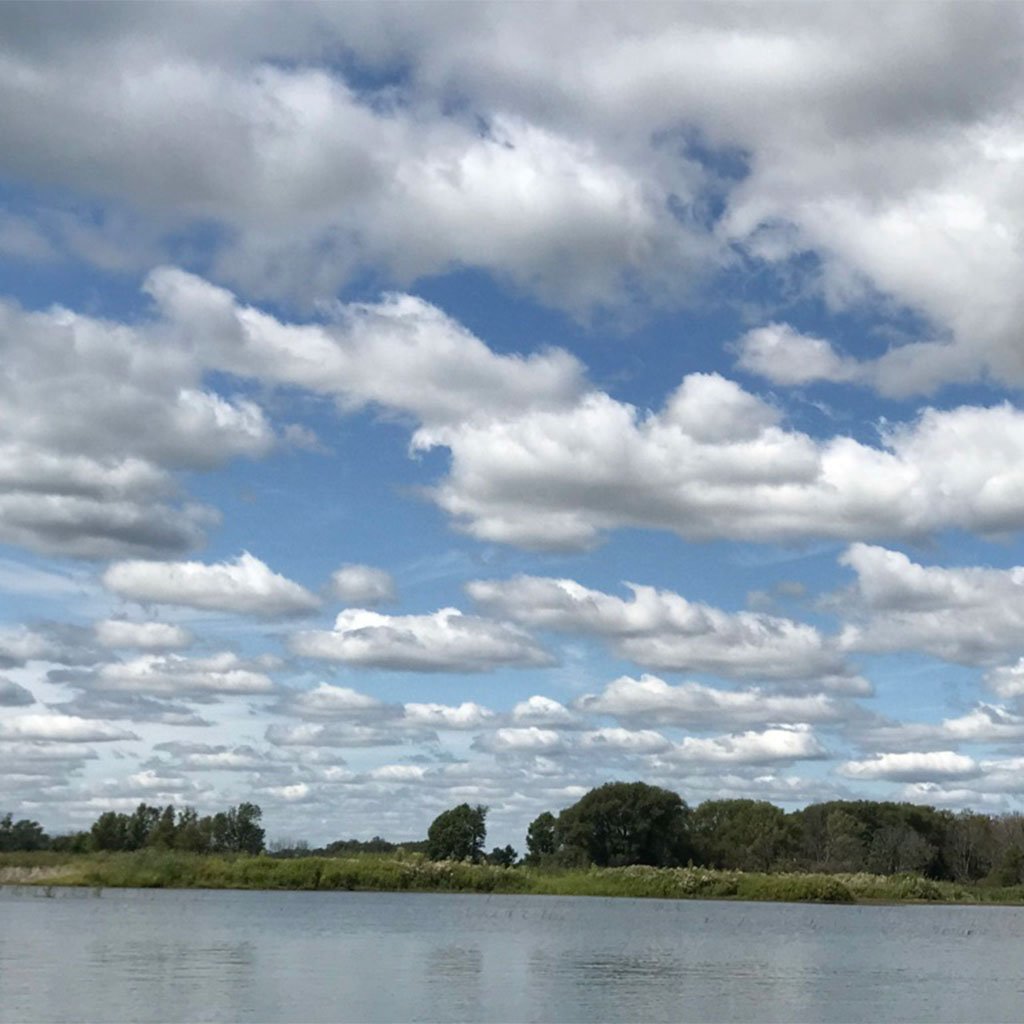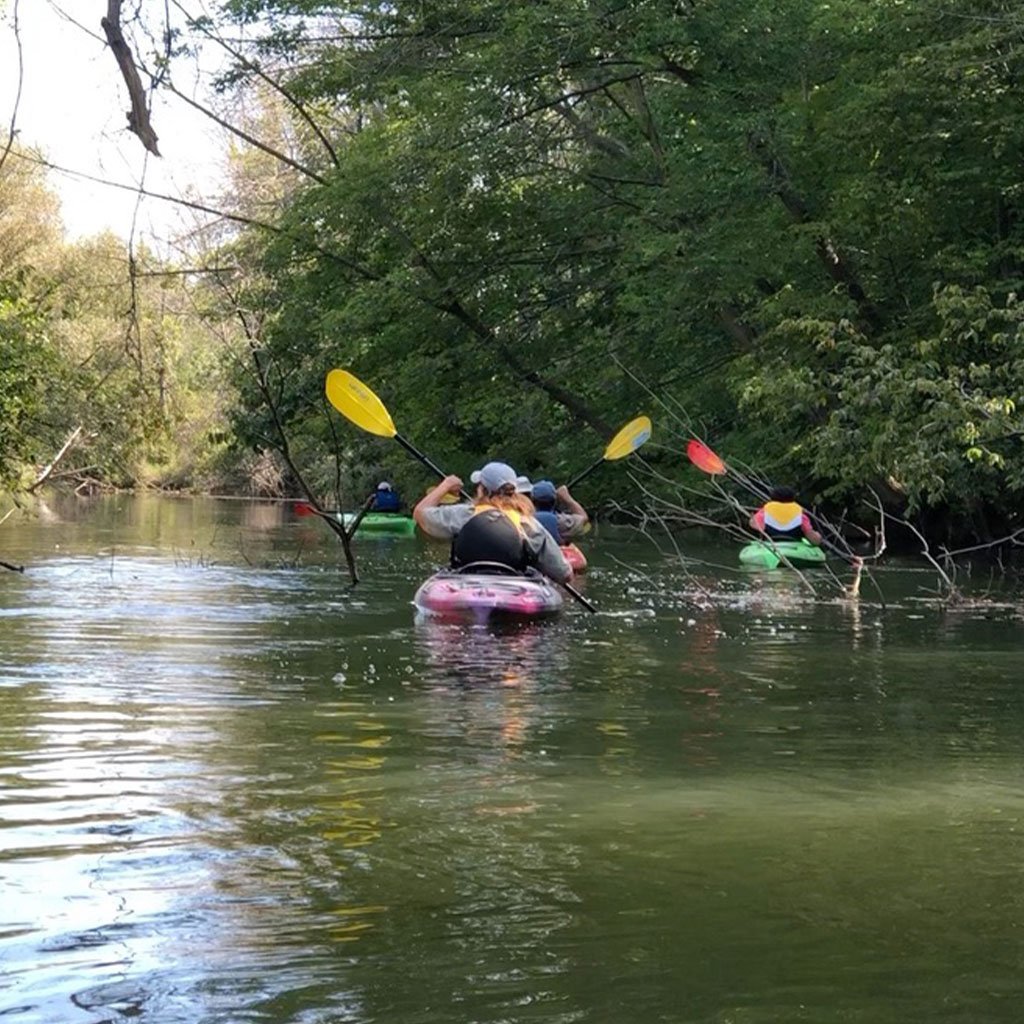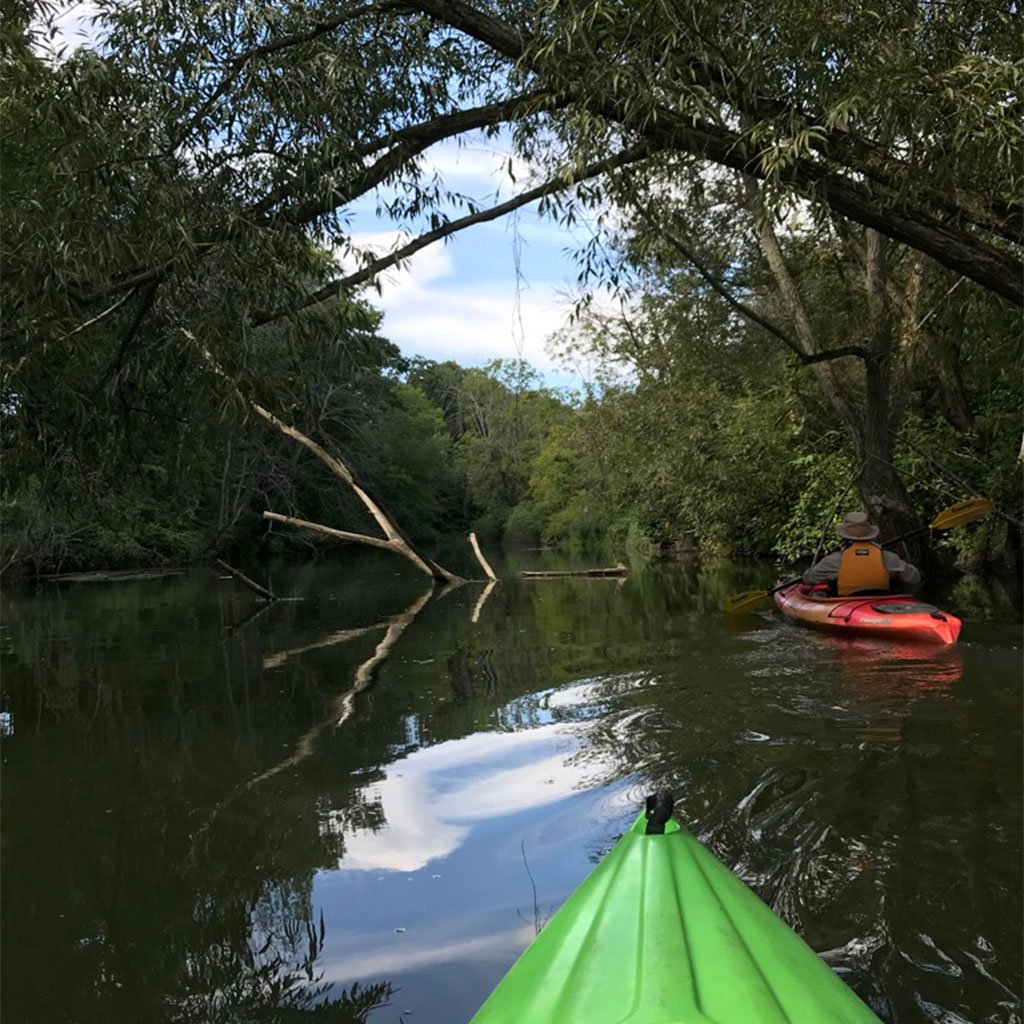Brian Craig, Nature lover, teacher, kayaker
“When I took early retirement from Environment Canada, the owners of Long Point Eco-Adventures suggested that I join them. Since I love kayaking I now have the privilege of guiding people kayaking on Big Creek. That has turned out really well. I get to meet a lot of really nice and interesting people, predominantly from the city. I get to share with them the nature of Big Creek and talk about environmental issues.
The back story
I was raised on a dairy farm, just outside Ottawa. That was my introduction to nature. I still remember the times when I went collecting butterflies with my mother.
A combination of events set me on the path to a fulfilling career. My parents taught me to respect nature. One of my high school teachers motivated the class to look at nature differently.
Their influence inspired me to take the course Man-Environment Studies at the University of Waterloo. Now it’s known as the School of Environment, Resources and Sustainability. I also had very good professors who challenged the students to make the world a better place.
The Millennium Ecosystem
When you look at the millennium ecosystem assessment and what’s happening around the world, we’re really fortunate to live in Canada. We have plenty of natural resources and our environment still is in good shape.
My love for the open waters began when I was very young. I’ve always loved being in nature, being on the water and enjoyed fishing with my grandpa. At 16, I bought a canoe for $129 and that was a lot of money in those days. My dad asked me why I needed a canoe as there were no water bodies around the farm!
Mike and Dave, two of my good friends, had created a hub in Norfolk County where people could come to experience our beautiful countryside. They started Long Point Eco Ventures. They organize winery visits, mountain biking, kayaking, nature hikes, mushroom forays, and beekeeping activities.
When I took early retirement from Environment Canada, my friends suggested that I join them. Since I love kayaking I now take people kayaking on Big Creek. That has turned out really well. I get to meet a lot of really nice and interesting people, predominantly from the city. I get to share with them the nature of Big Creek and talk about environmental issues.
I enjoy meeting people of different ages, from all walks of life, go paddling on Big Creek, and talk about the birds and beavers we come across on the Creek and about the national wildlife area. So it’s just a very enjoyable job for me. It doesn’t seem like work.
Birds of Different Feathers
Long Point is a 40 km long sandspit, and adjacent to the sandspit are the marshes. Long Point is known as a staging area. Waterfowl (ducks, geese, etc.) stop and fatten up in the marshes before migrating south. The Tundra swans spend their winters in Chesapeake Bay, Maryland, USA, and then fly through this area in spring. So these marshes play an integral part in the life cycle of the migratory birds.
The best time to see birds on Big Creek is probably in the month of June. We’re fortunate to have the headquarters for Birds Canada (used to be Bird Studies Canada) right here in port Rowan. Every year I take groups of people and they’ll see and hear over 40 species of birds just along Big Creek. After breeding season things get quiet. And by now, during this time (in the fall), most of our birds have already headed south.
I’ve been volunteering with the Long Point Biosphere Region for about 25 years. And through some of our projects, you get to know the conservation community and people who work for the federal and provincial government, as well as the many non-governmental organizations in our community. And so, it’s basically just by working with people that I’ve learned a lot about Norfolk County. We do have a really good conservation community here that wants to continue to conserve and preserve our environment so that it’s sustainable over a long period of time.
Memorable Moments
About eight years ago, we were kayaking underneath a sycamore tree, which belongs to the Carolinian species. I happened to look back and there was a bald eagle sitting in the sycamore tree. I was lucky to have a good camera with me, and I got the best picture I’ve ever taken. It’s all the more significant because during the 1960s, bald Eagles in Canada were extirpated; they became locally extinct, because of DDT bioaccumulation. Smaller fish would get a little DDT in their body from the ecosystem. They would be eaten by bigger fish, which were in turn eaten by even bigger fish. By the time the bald Eagle ate the fish, there would be a lot of DDT in its system.
The high concentration of DDT resulted in thinning the eggshells, which further resulted in the female eagles crushing the shells when they sat on them. And over time the adults died. So the federal government banned the use of DDT, and later Ministry on Natural Resources worked to reintroduce the big bald eagles in Norfolk County. Now, we see them quite frequently.
So considering all this, to get a picture of a bald eagle, after they were reintroduced, was really special to me, something I will never forget.
It feels very satisfying to see the amazement and enjoyment on my guests’ faces when I point out something to them that they’ve never seen before. They’ve never had the opportunity to kayak on a really healthy creek that’s bordered by forests and marshes.
A Passion for Teaching
I have great privilege in teaching two fall courses in Fanshawe College, Simcoe, London, Ontario – the Adventure Expeditions and the Interpretive Leadership program. Students who sign up for this are usually interested in becoming guides over time or creating their own business. And we’ve had some real success stories there. One of my students has bought a pontoon boat and he gives tours out in Long Point inner bay.
I basically teach natural history, about trees and plants and animals, and little bit about the geology of the area and across Canada. I find this very rewarding because besides in-class studies, I get four hours a week to take the students hiking through various forests.
Kayaking on Big Creek is part of the program too. We also teach them the skills to develop and manage resorts, trails and interpretive projects. For example, how to put together an interpretive program and implement it.
I generally have 15 students, but now due to COVID19, the class size has gone down to three this year.
I get a chance to share my passion about protecting, conserving and working towards sustainability with the students. Yes, it’s a real treat to be able to teach at Fanshawe. I also had the privilege of teaching an ecological restoration course at the University of Waterloo. We do a field camp down here in Norfolk county, but due to the pandemic that was put on hold the past two years.
I also have my volunteer work, at Long Point Biosphere Region, to ensure social, cultural, economic and ecological sustainability for future generations. So I’m pretty busy year round. And as hobbies, I play hockey and I play in a classic rock band.
Retire? Who, me?
I don’t need to retire. I’m doing what I love. I’m very fortunate that my health is good and I do hope it stays that way. I would like to guide kayaks Big Creek for another 10 years, God willing.













